Warning
I wanted to add a disclaimer to warn against this database structure. I would highly advise a more streamlined approach.
My personal preference is to use a hierarchical one or two table structure to store navigation menus. For guidance on erecting a menu from a flat structure, see https://stackoverflow.com/a/444303/1778606
Answer
In my case, the answer was to cache the menu on the client. Read on if you want.
I have a three tier menu that is generated using several queries. In the application I have inherited, there are many user groups. Each user has access to different pages/parts of the web application via user groups. A single user may be in many user groups.

In their menu, each user should only be able to see and access pages their groups have access to. ie. only certain Menu Items, Menu Submenu Sections, and Menu Submenu Section Items should be visible for each user. The pivot tables control visibility and access.
To generate the menu, I need to make several queries. My sample proposed menu design is shown below.

This menu looks drastically different depending on which tier1, tier2, or tier3 items a user has access to.
Would it be appropriate to cache the entire menu in session for each user instead of generating it for each page load? Would this be potentially to much data to cache? My main concern is that it would like cache all three tables (Tier1, Tier2, Tier3) for each active user in session. I need to access the data anyway to see if the user has permissions, but meh!
Are there any architecture designs that would help reduce the number of queries required to generate the menu? (assuming the menu is generated on each page load as normally works as I assumed when I started writing this question)
Is this kind of menu thing normal in applications - we have like 20 groups and users are in anywhere from 2 to all 20? Any advice or comments are welcome.
(I want to minimize page load and processing time.)
Context: I'm using c#, asp.net mvc3, oracle. Max user base estimated at ~20,000. Max active user base close to 1000. Likely active user base is 100.